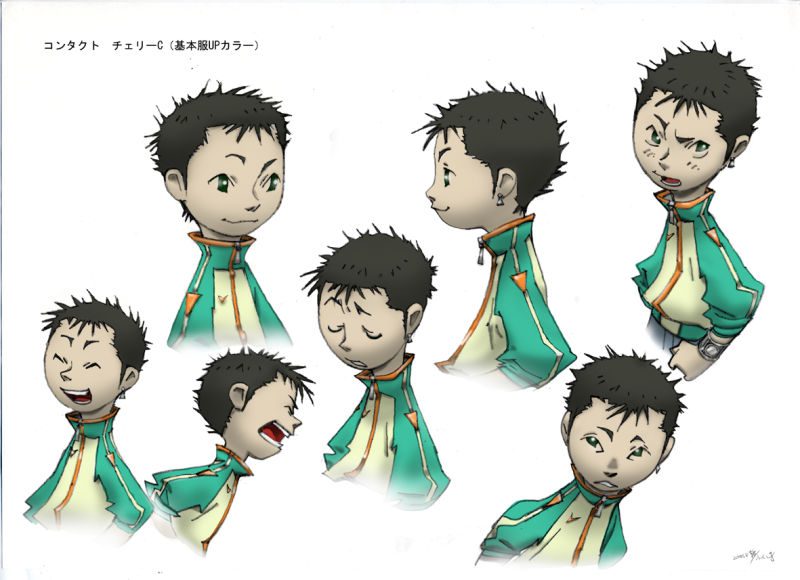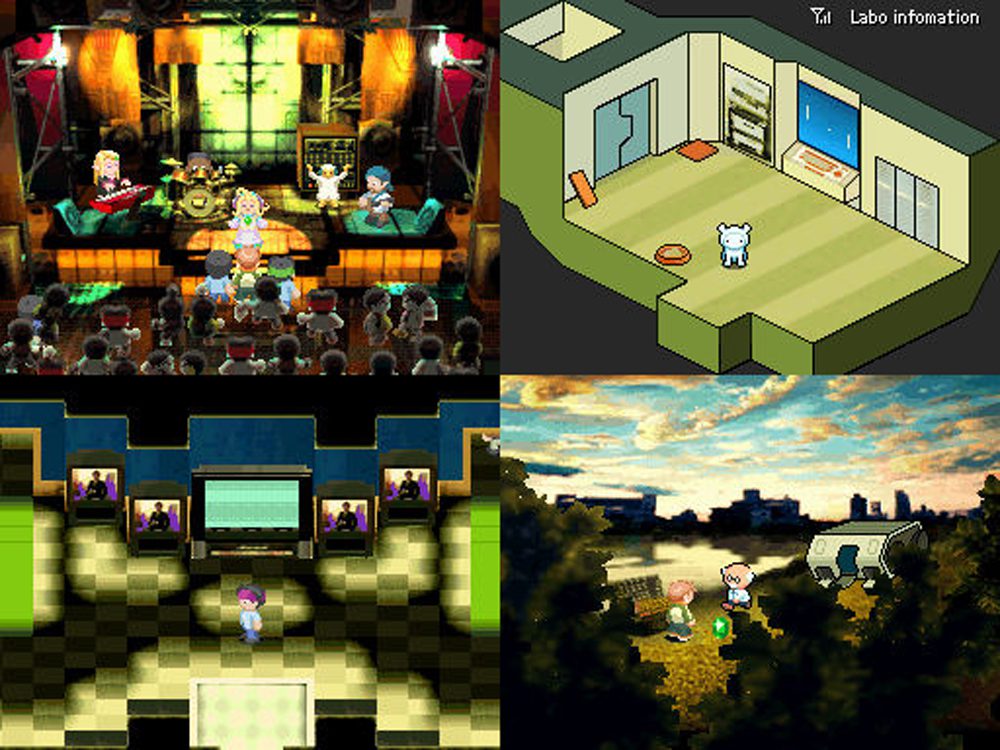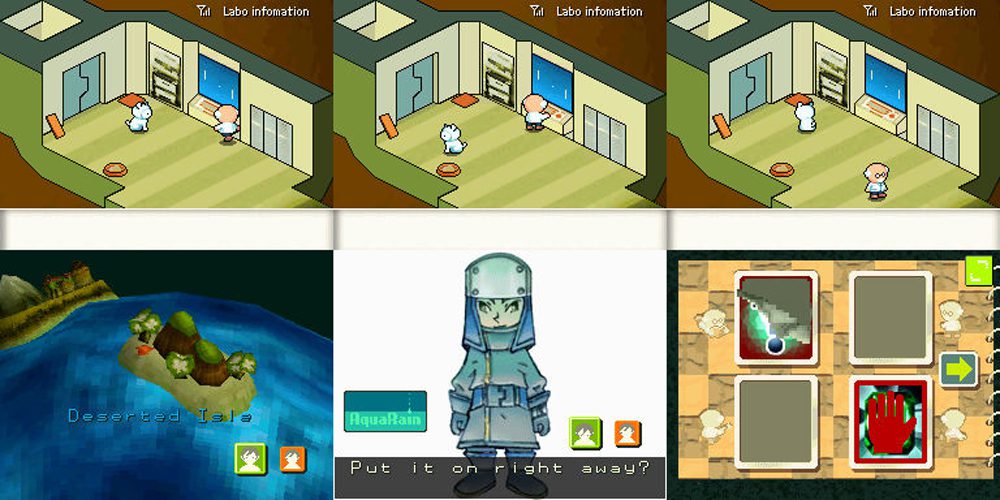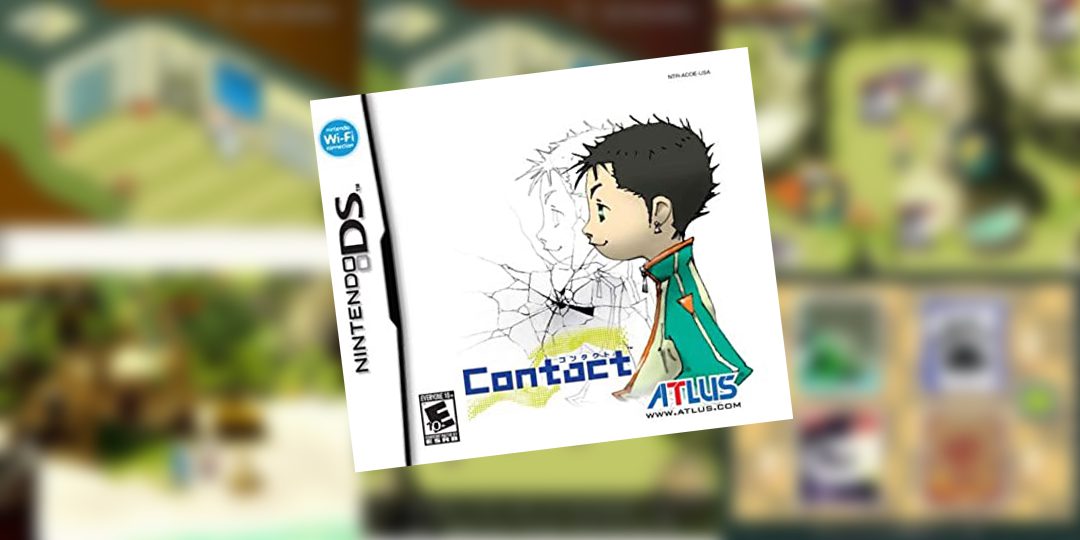Would you kindly…?
My love for video gaming would not be what it is today if not for the Nintendo DS. While I’ve been a consistent gamer since I was four years old, the scope in which I approached the hobby during the first half of my life was quite narrow. I was pretty much a Nintendo-only gamer who rarely strayed from first-party or name-brand AAA titles. That’s just the way the world worked when you were young and had to rely on birthdays, holidays, and rentals with your meager allowance to enjoy gaming.
By the time the Nintendo DS Lite rolled around in 2006, I was earning my own money as a college student and more willing to take risks. So one day, I popped into GameStop and picked up a copy of WarioWare: Touched! It would be my first “weird” game, and after just one weekend with it, I realized my true calling in this hobby would be embracing the strange.
And embrace I did. Throughout the DS and Wii era, I bought just about every peculiar and unorthodox game that crossed my path. It didn’t matter the quality; I just wanted to play something different than the Marios, Links, and Maddens of my youth.
Contact was high on my list of anticipated games for quite some time. That mix of simple, 2D top-screen graphics and ornate, pre-rendered bottom-screen graphics crossed off enough boxes on my weird shit checklist to make it worth paying attention to. The only problem was it was scheduled to release exactly one month before the Nintendo Wii, and any extra spending money I had was being set aside for that. The game finally made its way into my hands two years ago when I scored a cheap UK copy on eBay, and this month, I decided it was time to see what weirdness I’ve been missing all these years.

If you don’t remember Contact, I don’t blame you. It’s a pretty niche RPG on a console that was chock full of them. Developed by Grasshopper Manufacture, the game followed the Professor on the top screen and Terry on the bottom screen as they work together to locate the gem-like cells that power the Professor’s crashed spaceship. Connecting Terry and the Professor is you, the player, who acts as an omnipresent third party to their quest. The Professor is aware of your existence, but Terry is not, and the Professor would rather keep it that way.
The removal of the fourth wall between you and the Professor allows Contact to re-examine what a player’s role is in a video game. Unlike television or film or literature, gaming involves a level of player agency to drive the experience forward. But that agency is largely not recognized in traditional games. Some in the past have broken the fourth wall, sure, but very few make you a critical part of the story beyond just controlling the protagonist.
Not only is your presence recognized here, but you’re asked to act duplicitously in your role as the connection between the Professor and Terry. Within the first hour of the adventure, it’s easy to tell something is not quite right about this whole situation. A lot of red flags pop up in your private conversations with the Professor, and the layers of truth slowly reveal themselves as Terry collects more cells from increasingly ecclectic islands. While I don’t want to give too much away here, I will say the Professor has a few shades of Bioshock’s Atlas in him, which is striking considering Contact released more than a year before Irrational Games’ masterpiece.

Contact’s story is certainly weird when compared to its contemporaries, and its gameplay is no different. This is one odd RPG with a real-time combat system you don’t much see in the industry. Terry attacks automatically. Just guide him toward an enemy and press the B button to enter combat mode. Terry will do the rest. As he attacks and blocks, he’ll also level up on his own, meaning the only thing the player really needs to worry about his health and use of special attacks. Terry will learn these on his own through combat but will only use them in battle should you tell him to. If it looks like Terry is about to fall, you can feed him to regain HP or exit combat mode and make a run for it.
In action, the fights here resemble a less visually stimulating version of what was seen in the Japan-only Kaeru no Tame ni Kane wa Naru, which is better known out west as The Frog for Whom the Bell Tolls. In that game, anytime the Prince of Sablé approached an enemy, the two of them would go into a cartoonish cloud of fighting without any input from the player beyond using an item or running away. That’s basically what we have here, except fights aren’t limited to just the monsters and animals that dot the land. You can fight any NPC in the game, and doing so will change the course of the adventure and how people look at you. Murder will make you a monster in the eyes of the people, but you never know. Somebody out there might be looking for a bad boy.
Thankfully, it’s easy to avoid accidentally fighting townsfolk should you want to remain a little goodie two-shoes. All you have to do is refrain from pressing the B button or the fight icon on the touch screen and you should be alright. Still, it’s an unusual combat system and one I wasn’t at all prepared for. In fact, I died fighting the very first creature I came across, like a grandmother playing Super Mario Bros. for the first time. About 20 minutes later, I died again on the first island when I accidentally engaged an enemy far more powerful than me.
(And yes, I know I shouldn’t be saying “I died” when it’s been established that Terry is his own character separate from the player. But it makes me feel better to say it that way than to be honest and admit I led a man to his death.)

So yeah, Contact can be difficult. And when you watch Terry miss hit after hit, it can be a bit infuriating too. Couple that with the fact that many of Contact’s idiosyncrasies are left under-explained, and you have yourself a pretty good recipe for a game people will avoid.
Not to mention, it got stuck with pretty bad timing. In the US, it was released right before several more prominent games for the Nintendo DS, including Pokémon Ranger, Final Fantasy III, Yoshi’s Island DS, and Elite Beat Agents. Add the impending launch of the Wii, and it’s easy to see why this got lost in the shuffle. In Japan, the looming shadow of Mother 3’s release less than a month after Contact hit store shelves might have contributed to its lackluster sales.
I might have been ignored back in 2006, but I think the world is ready for another look at Contact. There is just something special about it, from its forward-thinking story to its abnormal combat to the fact that its sticker system lets you turn all the enemies on the screen into bunnies that will still try to kill you. It is a supremely strange game, and I’d like there is a better appreciation today for those odd titles people in the past were too quick to dismiss.


